Which thermos holds the temperature better?
The ability of a thermos to maintain high or low temperature of food for a long time is a very valuable quality, due to which such products have been very popular since their invention. True, choosing a product that best copes with its purpose and maintains the temperature for the longest possible time is quite difficult. But this article will help solve even such an interesting problem.
The content of the article
What are thermoses?
Before you begin to study the range of options presented on store shelves, it is worth deciding on the type of products that are supposed to be stored in the vessel. Based on this criterion, two basic options can be distinguished: for drinks and food.
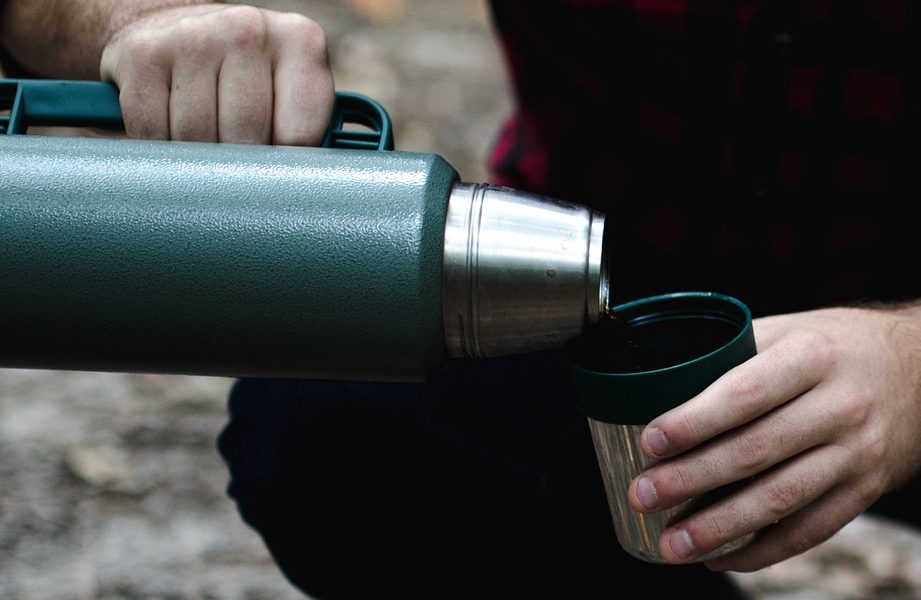
Thermos for drinks notable for its narrow neck. This feature allows you to reduce heat loss through this rather vulnerable part of the structure. If we are talking about small-volume containers, the neck is usually closed with a screw cap, which can be supplemented with a valve to make the container easier to use.
Thermoses for large volume drinks, designed for tabletop use, are equipped with a stopper with a pneumatic pump and an outlet hole on the side. A separate, miniature version of representatives of this category, aimed at home use, is called a thermal mug. Its characteristic features are its small volume and a special valve on the lid.
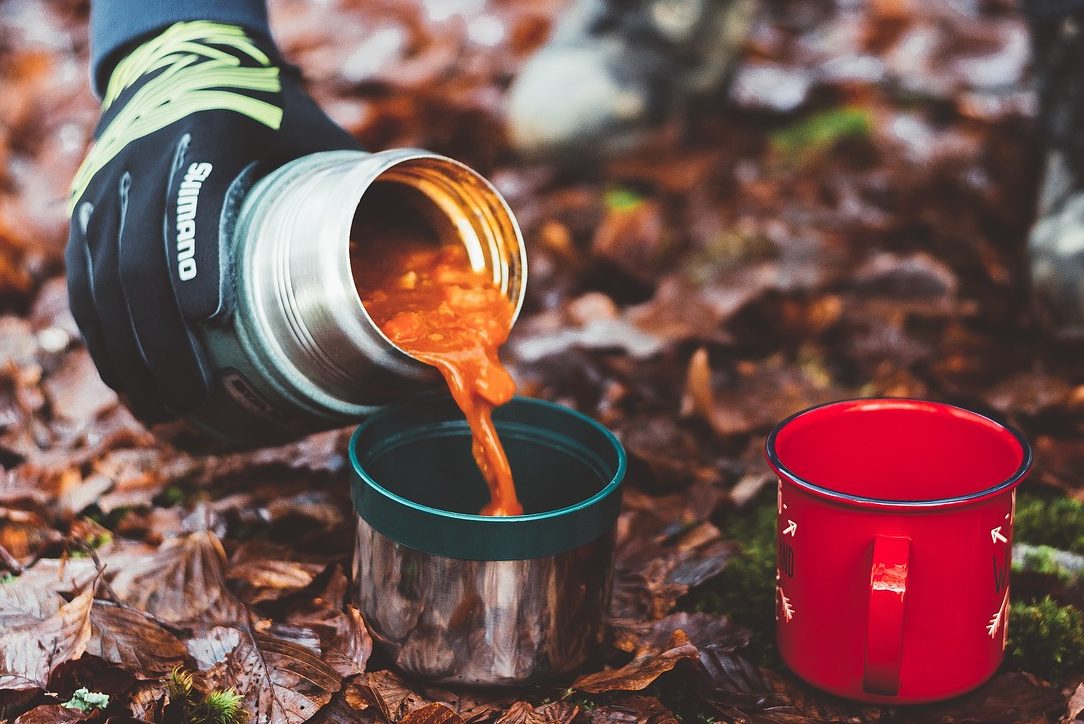
Food thermoses They have a wide neck, which is only slightly smaller than the diameter of the body. Thanks to this feature, it is much more convenient to put food products into the flask and take them out of it. But there is also a minus - due to the wider neck, such a thermos holds the temperature somewhat worse than its counterpart intended for liquid.
Food thermoses can be simple, distinguished only by the width of the neck, and with containers - options supplemented by 2-3 plastic containers, allowing you to simultaneously store several dishes in one vessel. This group should also include models positioned as universal, because the only distinguishing feature of this option is the design of the stopper, which has a hole for pouring drinks.
Regardless of the purpose, Thermos also differ in the material from which the inner flask is made. There are only three options:
- glass - the flask holds the temperature well, but can break;
- plastic is a budget option, which is still not recommended for frequent use, since the material does not tolerate frequent temperature changes;
- metal is the most durable and practical modern option, which still has greater thermal conductivity than glass.
Depending on the filling between the inner and outer walls of the flask, thermoses are divided into vacuum and air. Models with evacuated air do a better job of thermal insulation, but are also more expensive than their slightly less efficient air counterparts.
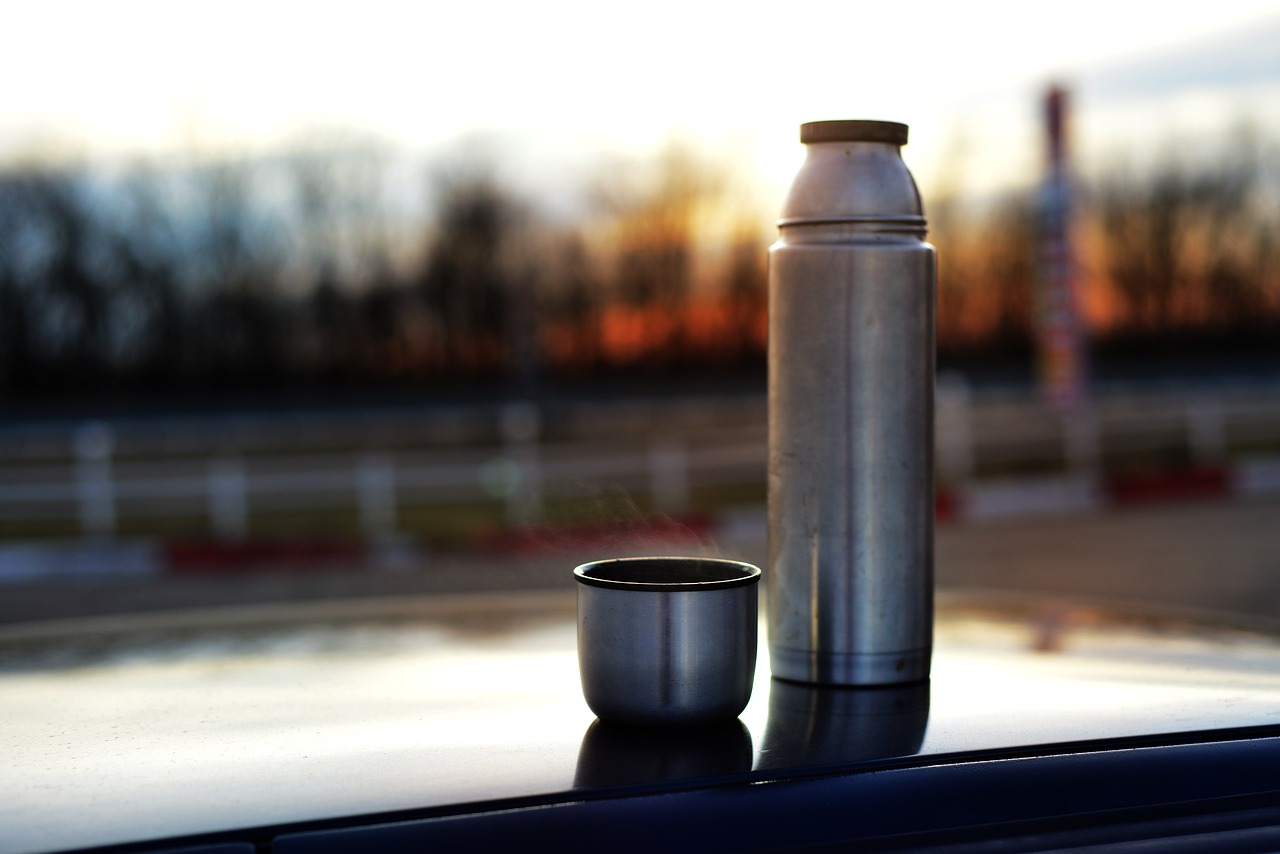
How to choose a thermos
When choosing a much-needed item, it is important to take into account the type of food being stored, the capacity of the flask, the operating conditions of the thermos, and the heat retention time stated by the manufacturer.And only after it is possible to decide on these primary parameters, the turn of such criteria as flask material, type of insulation and plug design comes up.
It is with this order in mind that ratings are compiled, in which the undisputed leadership belongs to such foreign brands as Thermos, Zojirushi And Tiger. The only significant drawback of the products of these companies is their immodest cost.
Those looking for quality at a more affordable price should pay attention to the ranking, headed by such European brands as EMSA, LaPlaya And Tatonka. They produce thermoses a little worse than the companies mentioned earlier, but the cost of their products is, on average, half that of the quality leaders.
Well, among those who prefer domestically produced goods, disputes continue over the quality of brand thermoses Arctic And Biostal. The first is quite capable of competing with European analogues, and Biostal, while slightly inferior to the Arctic in terms of quality, also pleases with the quite affordable cost of its products.


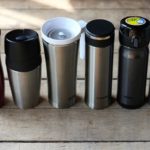

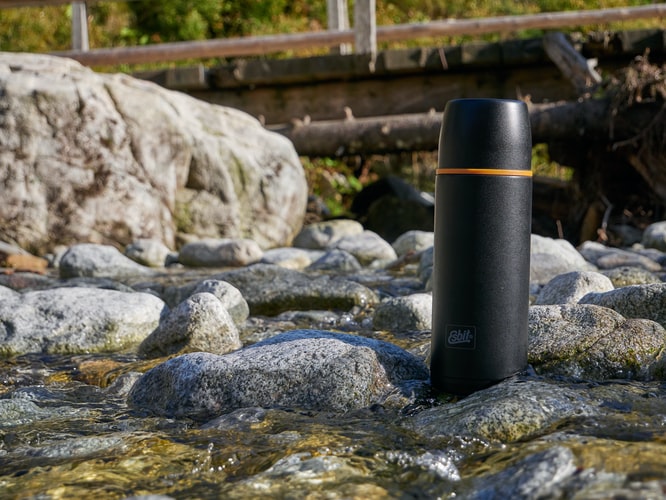

I took the classic Arctic 2.2 liter. I used it in harsh winter conditions (on an overnight fishing trip), for the first time I saw a thermos in which only a third of the tea was left, but the temperature remained the same and did not cool down for a day.
2.5 years - normal flight. I am very pleased with the thermos.